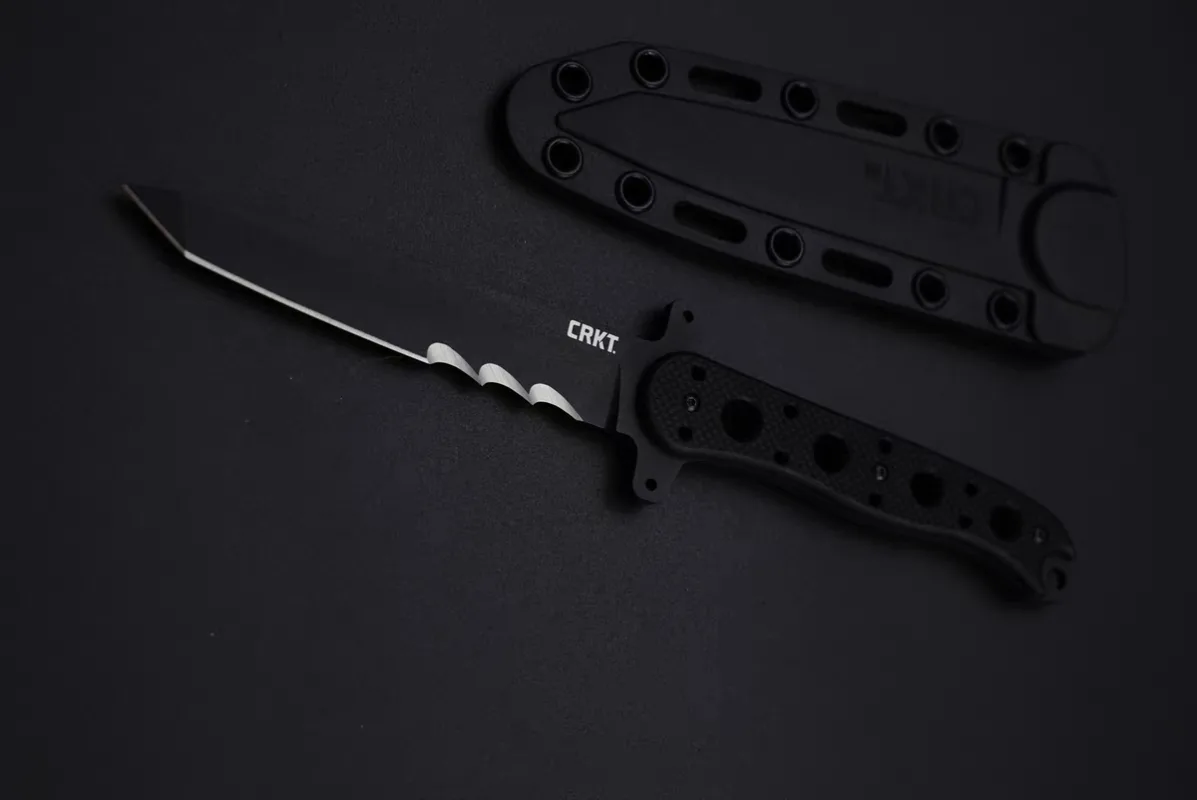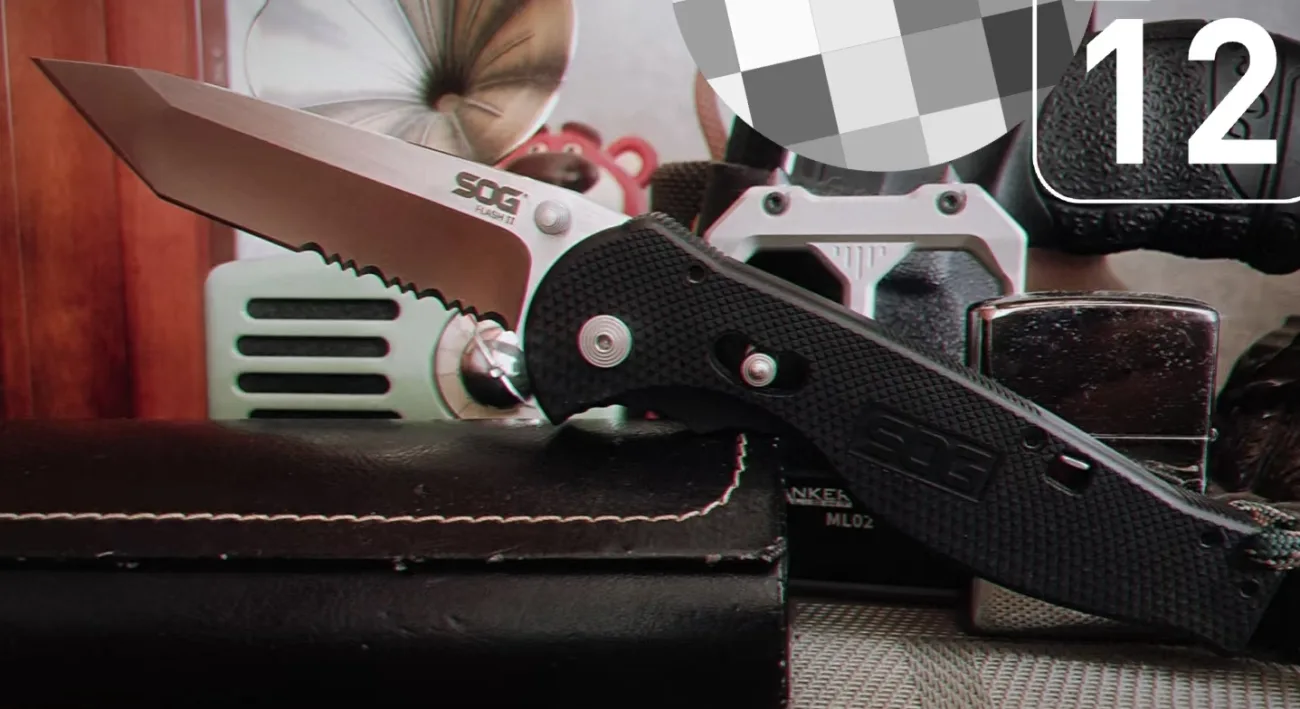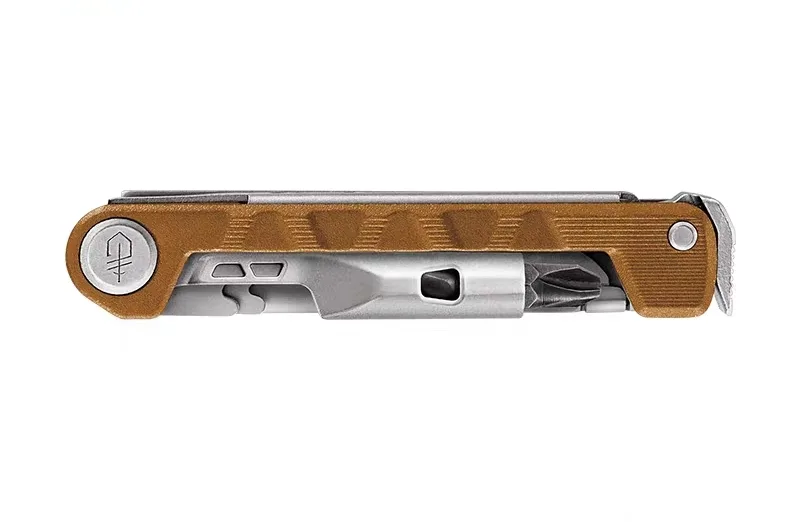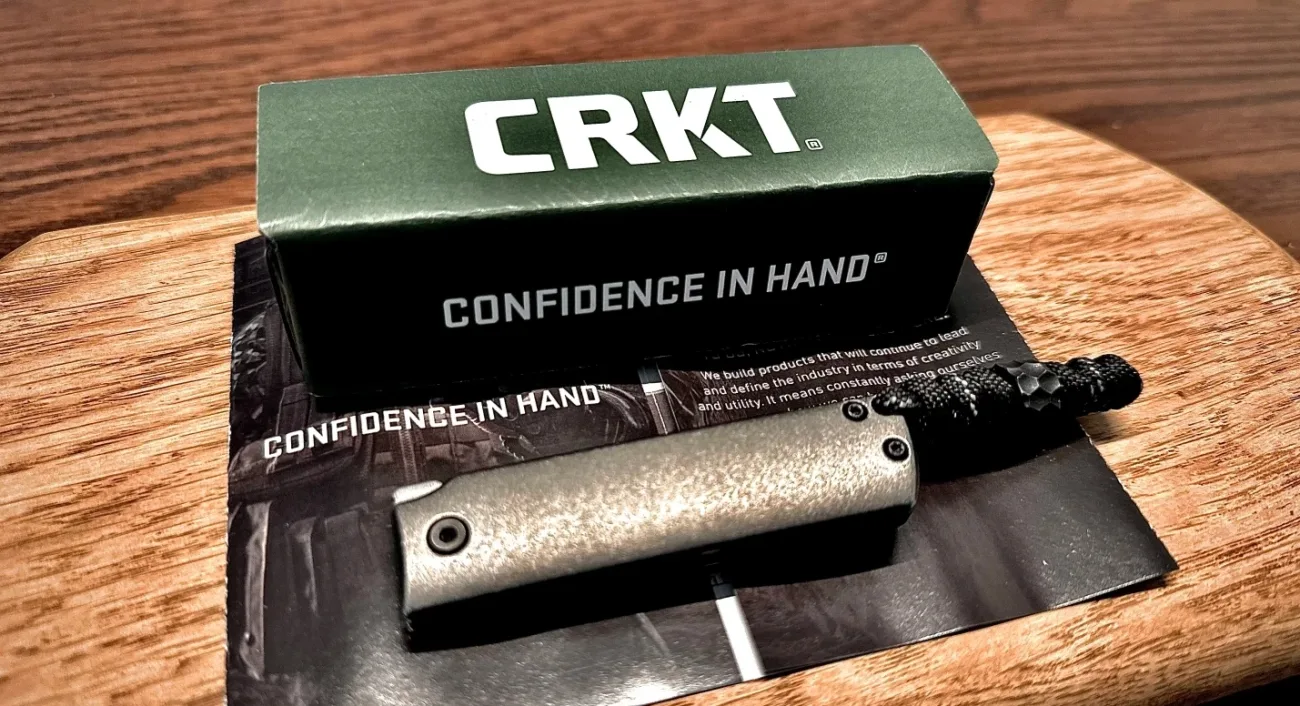In daily life, as well as in various handicraft and maintenance scenarios, we often use a wide variety of tools. Today, I’m going to introduce several practical multifunctional tools to you, including scissors, long-nose pliers, wire strippers, screwdrivers, and bottle openers. Although they are small in size, they play significant roles. Moreover, mastering some usage tips can make them even more effective.
Scissors
Scissors are a familiar tool with a long history. Up to now, they have developed into various forms to meet different needs.
They usually consist of two blades, a pivot, and two handles. The blades are mostly made of metal materials with high hardness, such as stainless steel, to ensure sharpness and durability. The working principle is that when people operate the handles, the two blades move in an interlaced manner to cut objects.
Usage Tips:
- When cutting thick paper or fabric, don’t exert too much force at once. Instead, gently cut a small opening at the edge first, and then slowly cut along the opening. This can prevent the blades from chipping and make the cutting process smoother.
- When cutting food materials like meat, slightly tilt the blades and use the front end of the blades to cut. It will be more labor-saving and can cut more delicately. Remember to clean and dry them in time after use to prevent rusting and affecting the next use.
- When pruning flower branches and leaves, for thin branches, you can directly cut them off quickly. But when dealing with thicker branches, you can alternately cut from both sides of the branch first, gradually reducing the thickness of the branch, and finally cut it off completely. This can protect the blade edges and also achieve better pruning results.
Scissors have a wide range of uses. They can cut paper and fabric in daily life, assist in handicraft making and clothing cutting. In the kitchen, they can handle food materials, and in gardening, they can also be used to prune flowers.
Long-nose Pliers
Long-nose pliers have a unique appearance, with long and slender jaws that are sharp at the end, just like a bird’s beak, which enables them to reach into narrow spaces for operation.
They are composed of plier handles, plier heads (including the long-nose part), and a connecting shaft. The material is mostly high-quality alloy steel, which has high strength and is not easy to deform. When using them, hold the plier handles and use the lever principle to make the plier heads perform actions such as clamping, pinching, and bending.
Usage Tips:
- When you use long-nose pliers to pick up particularly small electronic components, first gently clamp one end of the component with the plier jaws, slightly adjust the angle to ensure that the component is firmly clamped in the middle of the jaws, and then perform the moving operation to avoid the component falling and getting damaged.
- When bending metal wires, plan the sequence and angles of bending in advance according to the desired shape. You should try to complete each bend in one go and avoid repeatedly bending the same place to prevent the metal wire from breaking or the plier jaws from being damaged.
- In jewelry making, if you need to clamp chains and other delicate operations, you can wrap a thin layer of tape around the plier jaws. This can increase friction and avoid scratching the surface of the chains, making the operation more precise.
Long-nose pliers play an important role in electronic and electrical maintenance, metal wire shaping, and delicate handicraft work such as jewelry making.
Wire Strippers
People/Manufacturers design wire strippers specifically for handling electric wires. With the increasing number of electrical equipment, their importance has become more and more prominent.
They have various structural forms, such as manual rotary types and plier types. The manual rotary type has different-sized wire stripping holes corresponding to wires of different thicknesses. When using it, insert the wire into the appropriate hole and rotate it to strip the wire. The plier type uses the special design of the jaws and presses the plier handles to operate.
Usage Tips:
- Before using the manual rotary wire stripper, carefully check the thickness of the wire and choose the exactly appropriate wire stripping hole. If the hole is too large, it may not be able to strip the insulation sheath cleanly. If the hole is too small, it may damage the internal metal wire.
- When inserting the wire, make sure that the wire is fully inserted to the specified depth of the wire stripping hole and remains straight. Only in this way can the wire stripping process be smooth and even.
- For the plier-type wire stripper, the force applied when pressing the plier handles should be moderate and even. You can practice on waste wires first when using it for the first time. After mastering the right force, then use it for formal operations to avoid damaging the wires due to improper force.
The main function of wire strippers is to accurately strip the insulation sheath of electric wires, which plays a crucial role in electrical installation, maintenance, and electronic circuit making.
Screwdrivers
Screwdrivers are essential tools for turning screws and are indispensable in fields such as mechanical assembly, furniture installation, and electrical maintenance.
They are classified into different types according to the shape of the head, such as flat-head screwdrivers, Phillips screwdrivers, as well as hexagon socket screwdrivers, Torx screwdrivers, and so on. We compose them of a handle and a shank. Usually, we make the handle with materials that are slip-resistant and comfortable to hold, which facilitates the exertion of force. And we connect the shank to the corresponding head.
Usage Tips:
- When you turn screws, make sure to completely align the head of the screwdriver with the groove of the screw and keep the screwdriver perpendicular to the screw. Only in this way can you avoid slipping during the rotation process and tighten or remove the screw more smoothly.
- When encountering rusty or tight screws, don’t forcefully turn them. You can first drop a few drops of lubricating oil, such as WD-40, on the screw, wait for a while to let the lubricating oil penetrate, and then try to turn it. This can reduce resistance and protect the head of the screwdriver and the screw.
- If you use an electric screwdriver, reasonably adjust the torque according to the size and material of the screw to avoid damaging the screw or the surface of the object being screwed due to excessive torque.
Whether it is the installation or removal of screws, screwdrivers can handle them easily.
Bottle Openers
Although bottle openers are small, they are the key “tools” for opening various bottled drinks. Common types include traditional corkscrew bottle openers, winged bottle openers, and electric bottle openers.
The traditional corkscrew bottle opener has a simple structure, with a metal rod with a handle, and one end has a hook-shaped structure. It uses the lever principle to pry open the bottle cap. We make the winged bottle opener with two “wings” that we can hold and a screw rod in the middle. After inserting the screw rod into the center of the bottle cap, rotate the “wings” to lift the bottle cap. Electric bottle openers are more convenient to operate automatically.
Usage Tips:
- When using the traditional corkscrew bottle opener, firmly insert the hook-shaped structure under the bottle cap as close to the edge as possible. This can make it easier to exert force. When prying, the force exerted by the arm should be steady to avoid the bottle cap popping out suddenly and hurting people.
- When using the winged bottle opener, after inserting the screw rod into the center of the bottle cap, rotate the “wings” at a uniform speed. Don’t rotate too fast. When you feel that the screw rod encounters greater resistance, pause for a moment, adjust the angle, and then continue rotating by yourself to prevent yourself from bending the screw rod or damaging the bottle cap and making it unable to be opened.
- For electric bottle openers, clean the inside regularly, especially the spiral drill part, to prevent the remaining bottle cap debris from affecting its normal operation. Meanwhile, make sure to fully charge the battery before use to avoid the embarrassing situation of running out of power halfway through opening a bottle.
Bottle openers can help us easily open the bottle caps of various bottled drinks such as beer bottles, soda bottles, and wine bottles, making it convenient for us to enjoy the drinks.
In conclusion, these multifunctional tools, including scissors, long-nose pliers, wire strippers, screwdrivers, and bottle openers, each have their own unique structures and functions. After mastering the corresponding usage tips, they can play important roles in many aspects of life and become good helpers for us to solve problems and make life more convenient.















